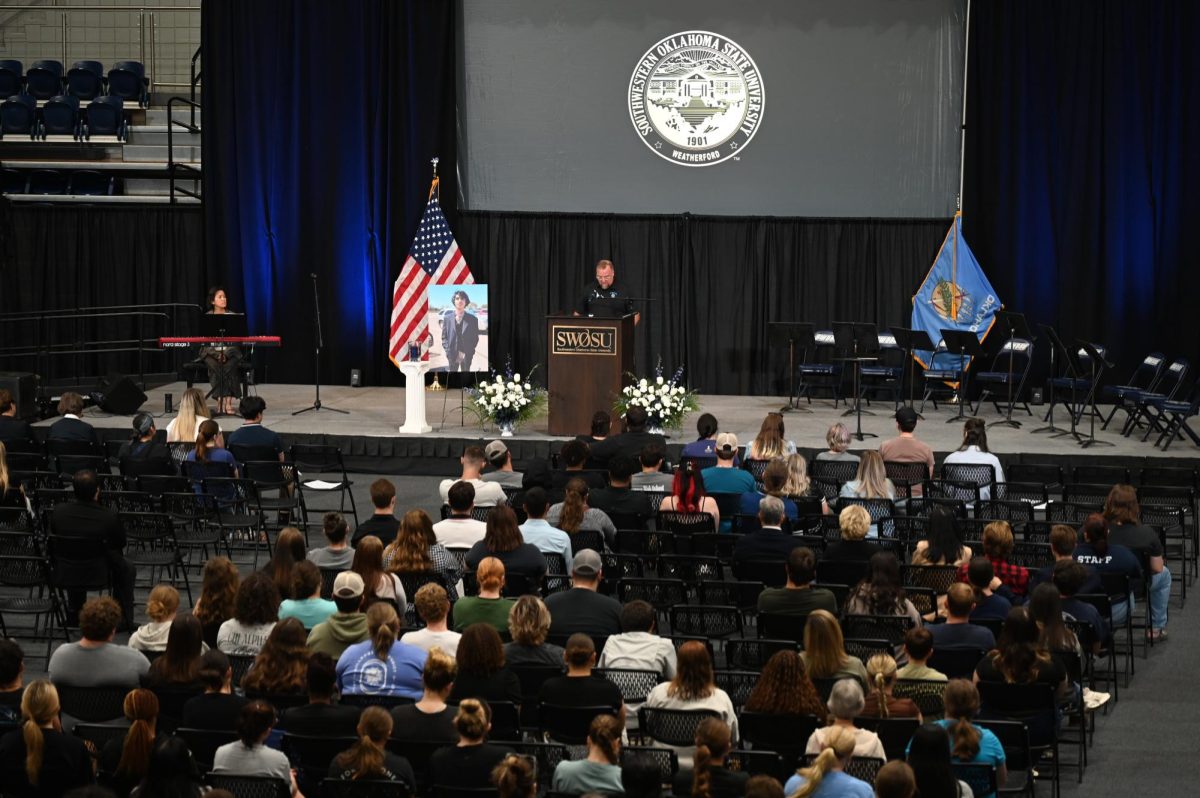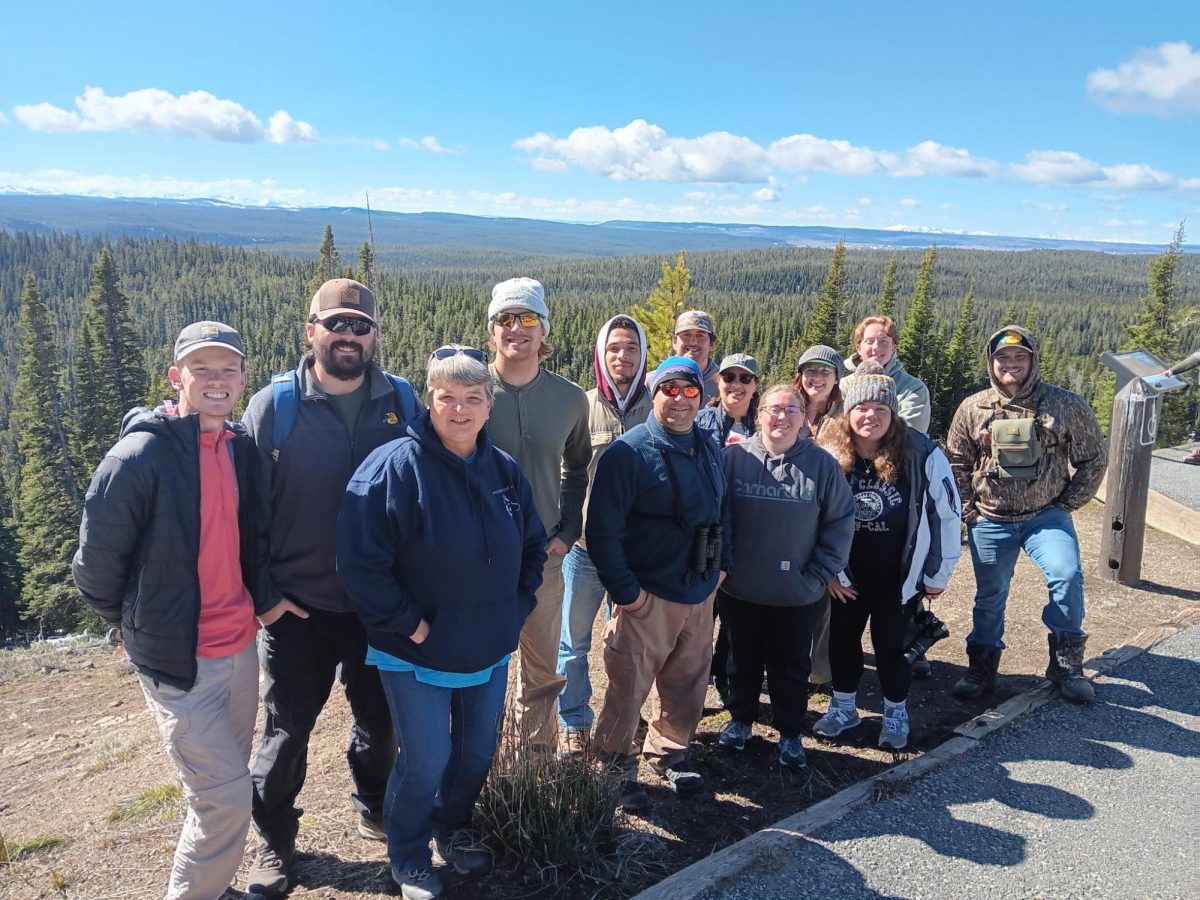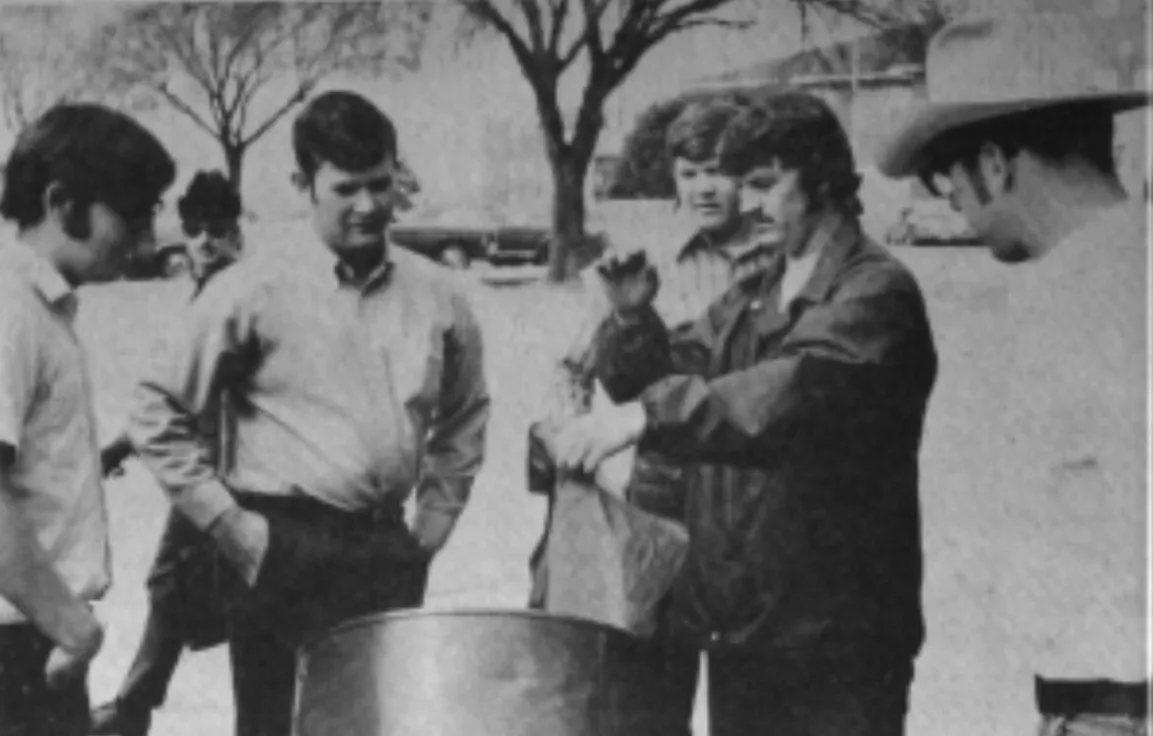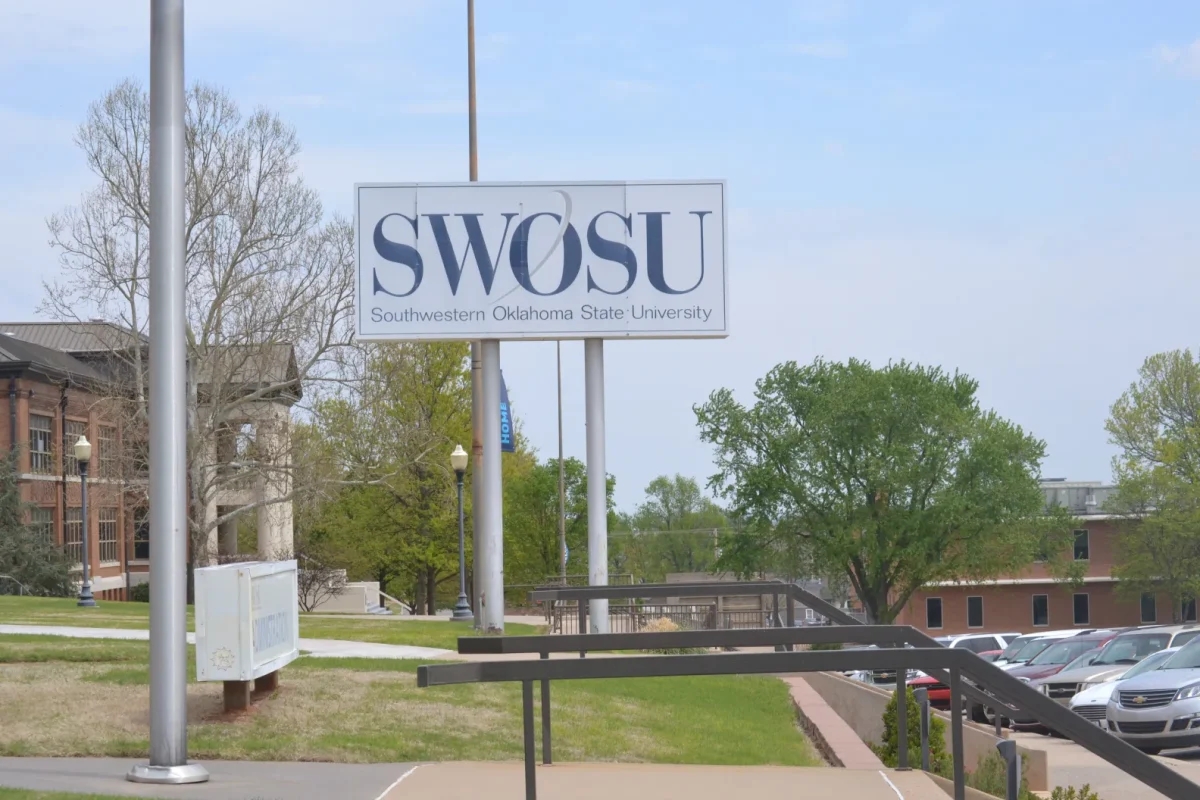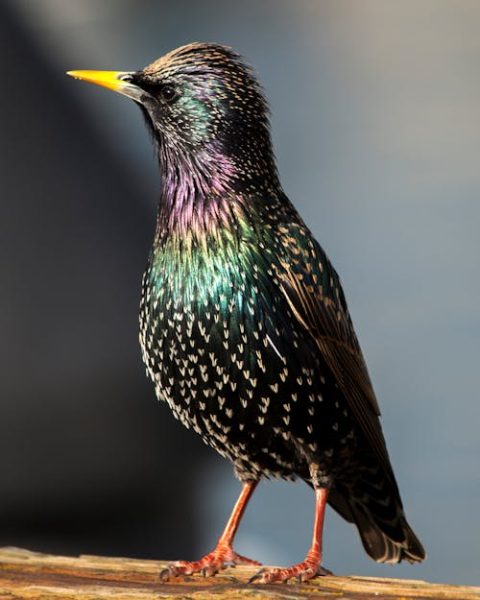 Early in the morning and in the evening, SWOSU’s campus starts to sound less like the Dawg Pound and more like a bird sanctuary. Maybe you’ve experienced this, and these mysterious birds have interrupted your studies, your conversations, kept you up at night, or just downright annoyed you. Even if you haven’t experienced the loudness of their bird chatter, maybe you’ve walked by the Quanah Parker Building and thought you entered a life-size bird coop. Or you’ve parked under a tree near the Technology Building, only to return after class to have it covered in bird droppings. Regardless, if you’ve been on campus, you’ve probably noticed these birds and thought to yourself, “What kind of birds are these and why are there so many?”
Early in the morning and in the evening, SWOSU’s campus starts to sound less like the Dawg Pound and more like a bird sanctuary. Maybe you’ve experienced this, and these mysterious birds have interrupted your studies, your conversations, kept you up at night, or just downright annoyed you. Even if you haven’t experienced the loudness of their bird chatter, maybe you’ve walked by the Quanah Parker Building and thought you entered a life-size bird coop. Or you’ve parked under a tree near the Technology Building, only to return after class to have it covered in bird droppings. Regardless, if you’ve been on campus, you’ve probably noticed these birds and thought to yourself, “What kind of birds are these and why are there so many?”
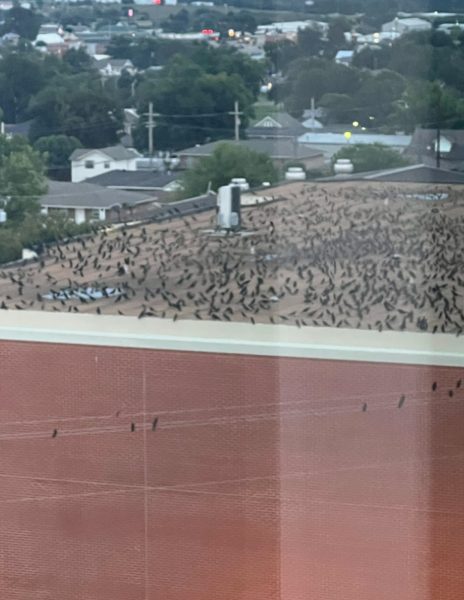 After an interview with Kyle Lane, a biological science major, I have these answers. These birds that have appeared in flocks around campus are scientifically known as Sturnus vulgaris, but are more commonly known as Starlings or European Starlings. These birds are an invasive species. According to Kyle, in the 1800s, a group of these birds was released into Central Park and from there made permanent homes all across North America, including Oklahoma. However, it seems that there is an influx in their population in the fall because more have joined the native flocks on their path of migration.
After an interview with Kyle Lane, a biological science major, I have these answers. These birds that have appeared in flocks around campus are scientifically known as Sturnus vulgaris, but are more commonly known as Starlings or European Starlings. These birds are an invasive species. According to Kyle, in the 1800s, a group of these birds was released into Central Park and from there made permanent homes all across North America, including Oklahoma. However, it seems that there is an influx in their population in the fall because more have joined the native flocks on their path of migration.
Before meeting with Kyle, I was prepared to write a rather negative article pertaining to these Starlings and the pests that I believed them to be. Almost every student I talked to about the subject had a bad bird story. Many residents of Oklahoma Hall complained of the sounds of the birds keeping them up at night or waking them in the early hours of the day. My roommate Kenna Mae Horton, a transfer student from Lubbock Christian University, often says, “The worst part about SWOSU is all of the bird poop.” In a conversation, one of my professors, Steven Doughty, said, “This place stinks because of them!”
I have even been personally victimized by these birds, as their droppings have covered my car, making it look and smell disgusting, while also costing me $15 for a car wash. Maybe you can relate to some of these accounts and see where my initial attitude was in writing about these creatures. I wondered, does anyone love a Starling?
After more research and interviewing Kyle, I realized these bizarre birds were kind of endearing. I learned not only about their origin and migration patterns, but that they have specialized beaks in order to eat small berries and insects. Even though Western Oklahoma is in their migration route, these birds seem to be more prevalent on campus because of the greenery and amount of trees we have present. Kyle said, “They need large, open areas to nest, feed, roost, etc.” Starlings are also good at mimicry, meaning they have the ability to mimic certain sounds. They thrive in large groups and finding “community” is a necessary component of their lives. These birds often gather in flocks ranging close to one thousand, and these flocks form murmurations. If you are outside around sunset, you may catch a glimpse of one. A murmuration occurs when the Starlings form a large group in the sky and fly in what appears to be a synchronized routine.
The more I learned about these Starlings, the more I realized I had been quick to label them as pests when in reality, while some may still consider them as so, these creatures are just out in the world, doing what they were designed to do. This experience made me not only reflect on the uniqueness of the birds on our campus, but also of the people- everyone involved with SWOSU. It made me think of all of the times I have been quick to judge someone without taking the time to understand their story, but also all of the multifaceted aspects of community that our university has to offer. It’s my hope that we can all take the time to understand and appreciate not only the Starlings more, but those around us. We all have a place somewhere on campus and somewhere in this world. Someone loves the Starlings, and they love you too.





